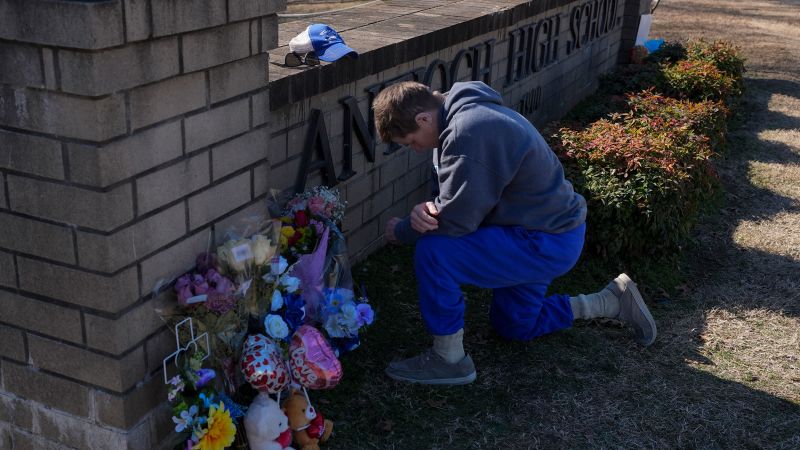The Challenges of AI Gun Detection in Nashville Schools
In a bid to enhance safety within its schools, the Metro Nashville Public Schools district invested roughly $1 million in an AI gun identification system known as Omnilert. But when a tragic shooting occurred recently at Antioch High School, these investments raised questions regarding the effectiveness of such technology.
On January 22, 2024, 17-year-old Solomon Henderson carried out a shooting at Antioch High, resulting in the death of a classmate and leaving another wounded, before taking his own life. Surprisingly, despite the large investment in AI technology designed to preemptively identify weapons, the system failed to recognize Henderson’s firearm during the incident. According to officials, this was due to the shooter being positioned too far from the surveillance cameras to trigger an alarm, and the weapon was not visible at the time.
Omnilert, implemented in February 2024 across the district, promises to identify gun threats before shots are fired, thereby allowing local law enforcement to respond swiftly. The technology operates continuously, monitoring surveillance footage around the clock. If a weapon is detected, it alerts staff and emergency responders almost instantaneously. However, in this case, because Henderson’s gun was not brandished in view of the cameras, the system did not activate.
Dave Fraser, CEO of Omnilert, emphasized that the system requires a visible weapon for detection, stating, “If a gun becomes visible it is detected in less than a second.” However, critics argue that the technology’s limitations signify a critical flaw. Chad Marlow, a senior policy counsel at the ACLU, pointed out that there is no definitive evidence supporting the effectiveness of gun detection software in actively preventing school shootings. Marlow raised concerns over the likelihood that many assailants conceal their weapons, rendering technology useless until it may be too late.
In addition to the recent tragedy, the issue of false positives presents further complications, as systems like these can misidentify everyday objects as firearms. Fraser countered these criticisms by acknowledging that, while the technology is not flawless, it offers essential, actionable information that can assist law enforcement and school staff during emergencies.
The aftermath of the Antioch shooting has prompted calls for stronger security measures throughout Nashville’s schools. District leaders are exploring evolving technologies to bolster safety. Immediate responses include the installation of AI scanners at school entrances, which utilize advanced sensors to detect potential threats as students arrive. However, companies like Evolv Technologies have faced scrutiny over marketing claims regarding their products’ accuracy and capabilities.
While enhanced surveillance and detection systems can be components of school safety strategies, experts argue that they should not serve as the only line of defense. Marc Zimmerman, co-director of the Institute for Firearm Injury Prevention at the University of Michigan, emphasized a multifaceted approach to security. He argued for broader measures like mental health counseling and parental education on weapon safety, highlighting the outdated notion that simply keeping guns out of schools is the solution to ongoing violence.
It remains evident that protecting students requires an intricate blend of technology, personnel training, and overall vigilance in fostering a safe educational environment. As Nashville’s schools look ahead, it’s crucial that they adopt a layered strategy that incorporates diverse solutions while remaining adaptable to the evolving landscape of threats.
The AI Buzz Hub team is excited to see where these breakthroughs take us. Want to stay in the loop on all things AI? Subscribe to our newsletter or share this article with your fellow enthusiasts.




